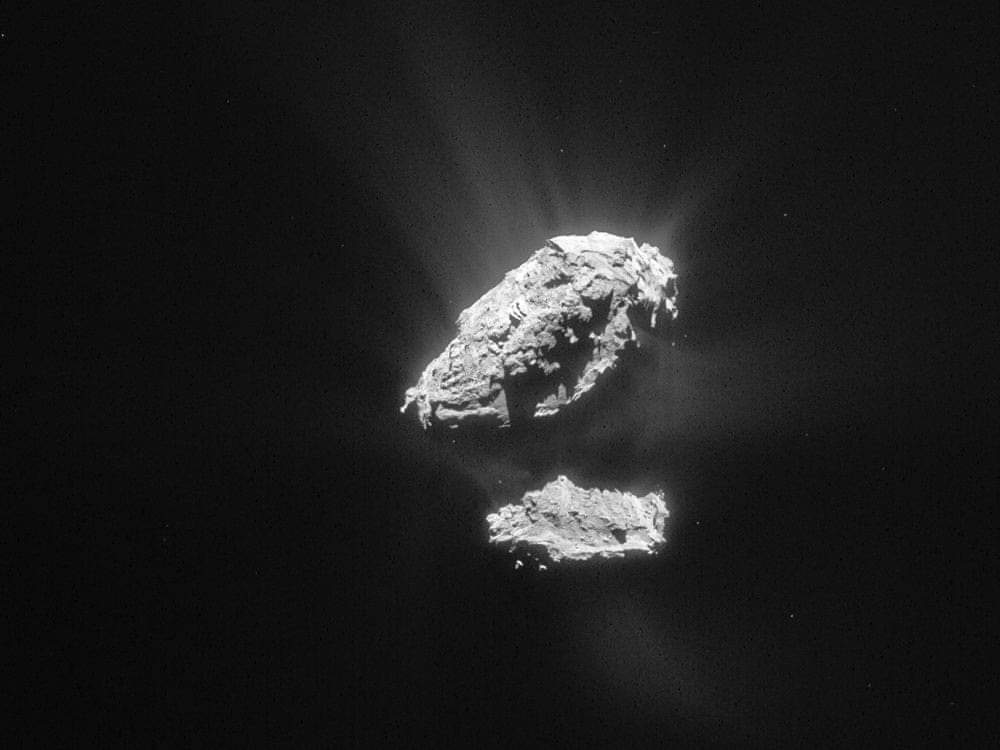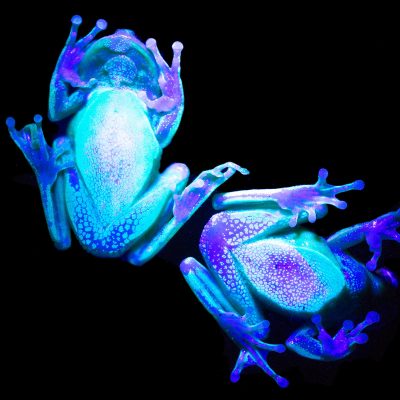
The European Space Agency’s spacecraft that carried Philae, the first spacecraft to land on a comet. On March 2, 2004, Rosetta was launched by an Ariane 5 rocket from Kourou, French Guiana, on a 10-year mission to comet 67P/Churyumov-Gerasimenko.

Rosetta’s 654-million-km journey entered orbit around the comet on August 6, 2014, and then landed the 100-kg probe Philae on the comet on November 12.

Rosetta orbited Comet Churyumov-Gerasimenko for more than two years until its mission ended with a controlled crash into the comet on September 30, 2016. The comet had a double-parted, “rubber-duck”-like structure,

leading to the conclusion that it was the result of the merger of two smaller comets. Molecular oxygen was first discovered in a comet.

Molecular oxygen is strongly reactive and may have formed when the comet formed. Rosetta also discovered several biological molecules, including the amino acid glycine.





Recent Comments